Fatehpur Sikri is a small town in northern India, about 40 kilometers to the west of Agra City in Uttar Pradesh. The city has over a thousand years of history. But, it reached to the top of it’s glory when it became the capital of Mughal Empire. Despite the capital city was abandoned soon, it is interesting place to visit. Here you’ll find enough information about the history of Fatehpur Sikri, the capital city of the Mughal Empire.
The capital city of the Mughals has a great historical significance. The construction of Fatehpur Sikri took place between 1571 and 1585. It consisted of so many beautiful structures, mostly built of red sandstone. After 1585 CE, the Mughal Ruler Akbar shifted his capital to Lahore of modern Pakistan for a military campaign in Punjab. Akbar died in 1610 and after his death, none of the Mughal rulers restored the city again.
Later during British rule in India, the English forces captured Agra in 1803. The British started the necessary repaired the important monuments of Skiri in 1815 and remained here till 1850 CE.
UNESCO had inscripted this place as a Cultural UNESCO World Heritage Site in 1986.
Why did Akbar built Fatehpur Sikri?
Badshah Jalal ud-din Akbar, the third Mughal ruler, was the founder of Fatehpur Sikri. According to Akbar Nama, the famous biography of Akbar, he ordered the construction of Fatehpur Sikri in 1571 CE. The place was earlier called as ‘Sikri’. Later, Mughal Emperor Akbar named it as ‘Fatehpur Sikri, to make his ‘Fateh’ (or, victory) over Gujarat memorable.
Birth Place of Jahangir and Murad
Fourth Mughal Emperor Jahangir’s own memoir, ‘Tuzuk-i-Jahangiri’ mentions that when Akbar was on outlook for a son, he heard of a dervish named Sheik Salim Chishti who lived on a hill near the village of Sikri. The local people of Sikri had complete trust on that holy saint. As Akbar was very submissive to dervishes, he visited the saint’s home, majorly to pray for his successor of the throne.
Soon after the visit, wife of Akbar, Maryam Zamani became pregnant. Being obsessed with Sheikh Salim’s influence, Akbar sent his wife to that holy place during her delivery. Jahangir, the first of three sons of Akbar, born here at Chishti’s holy place in 1569. Further, Akbar named his son as ‘Salim’ in honor of the Saint Sheikh Salim Chishti. Prince Salim later became famous as fourth Mughal Badshah Jahangir. Murad, the other son of Akbar also born at the same holy place of Sikri.
Later, on the second birthday of Jahangir in 1571, Emperor Akbar ordered the construction of Fatehpur Sikri. Salim Chishti died in 1572. Akbar made the tomb of Shaikh Salim Chishti just in the middle of Emperor’s courtyard; to give him the emperor’s respect.
Akbar’s other son, Murad, also born here at the village of Sikri.
The meaning of the word ‘Fatehpur Sikri’ is the ‘City of Victory’. Akbar initially named the city as ‘Fatehabad’. The word ‘Fateh’ is an Arabic word which means ‘Victory’. However, the city got it’s new name as ‘Fatehpur Sikri’ later on.

Early Mughal Rulers
Before Akbar, emperors Babur and Humayun also had a large contribution in the development of the village of Sikri. According to Attilio Petruccioli, the famous scholar of Islamic architecture, Akbar’s ancestors wanted to get away from the noisy crowd of Agra. Sikri was not very far from Agra and yet was very peaceful. Most importantly, it was just on the other side of empty bank of Yamuna river. So, they still had the access to the River Yamuna.
In Babur Nama, Babur had also expressed his love for the place. Mughal army would use the water from the big lake of Sikri. So, Babur called the place ‘Sukri’ which means ‘Thanks’.
History of Ancient Rulers at Fatehpur Sikri
Fatehpur Sikri was not just developed and maintained by the Mughals only. The Archaeological Survey of India (ASI) had conducted a lot of excavations in the region. All the antique pieces, structures and other valuable findings point towards existence of a ‘Cultural and Religious Site’ more than a thousand years ago.
Historical evidences also say, the city was glorified from 12th century itself. It was the Shunga Empire of Magadha who was ruling the region. Shunga was an ancient Brahmin clan of India which ruled from 184 BCE, post Maurya dynasty’s rule in India. Later, Sikarwar Rajputs had built various fortresses at Sikri. Not only that, so many mosques and other important structures were also built during the reign of Khalji Dynasty of Delhi Sultanate.
Why Fatehpur Sikri is famous?
Obviously, Fatehpur Sikri is famous in the world for once being the capital city of the great Mughal Empire. But apart form that, it has some wonderful constructions which also makes it famous. Some of them are:
Buland Darwaja
The 54 meters high entrance of the city is unarguably one of the largest gateways of the world. It is an 15 storey grand entrance which narrates the success story and rise of the Mughals under the reign of Akbar. Further, it is a wonderful example of mixed Persian and Mughal architecture showcased together. The giant entrance gate itself famous in the world and attracts thousands of tourists every year to the place.
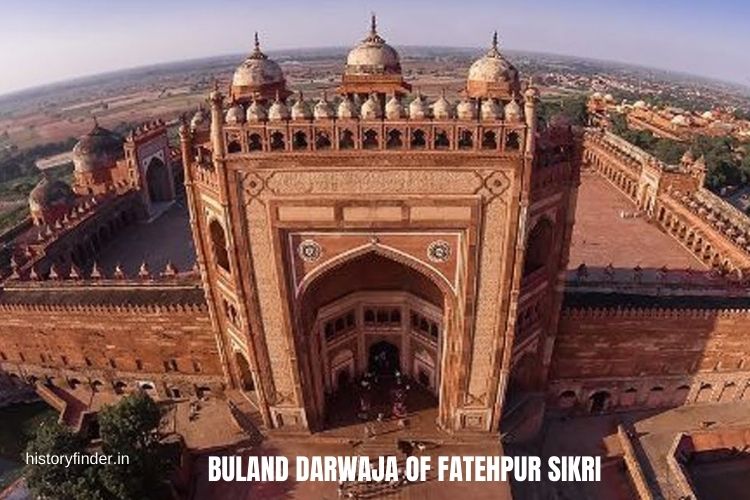
Jodha Bai Palace
The grand Jodha Bai Palace in Fatehpur Sikri unarguably depicts the golden era of India under the Mughals. This red sandstone building was constructed for the noble Hindu queen of Akbar, Jodha Bai. The palace is one of the integral parts of the royal harem. It consists of all facilities and safety measures for the convenience and protection of the regal woman, Jodha Bai.
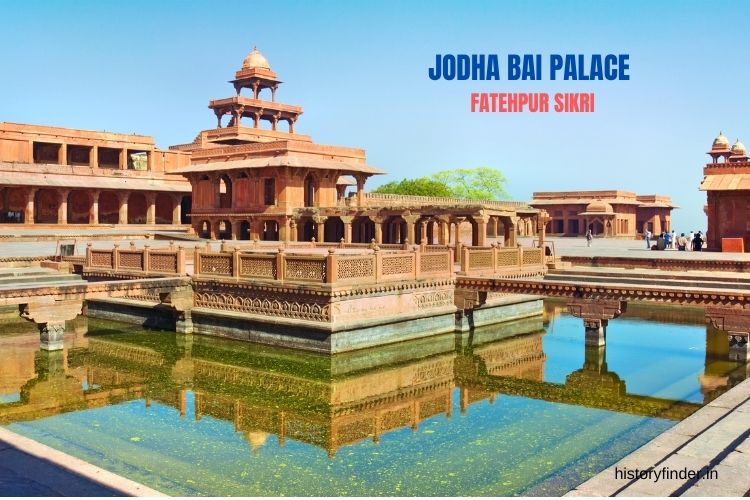
Apart from the above, there are several other constructions that attracts thousands of tourists to the place every year.
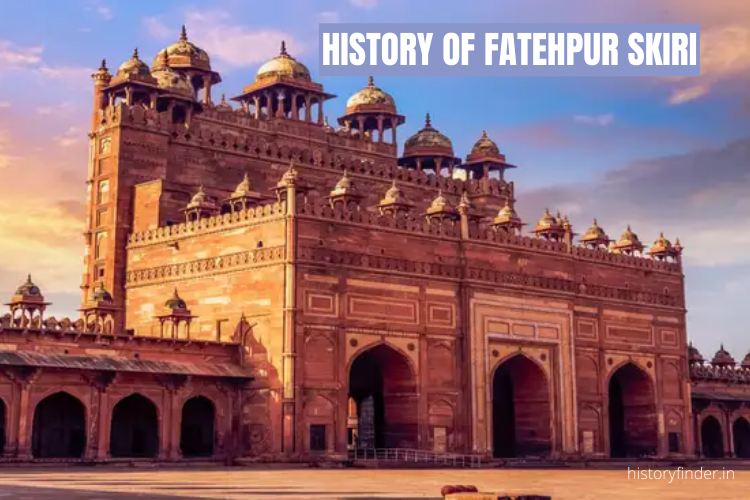
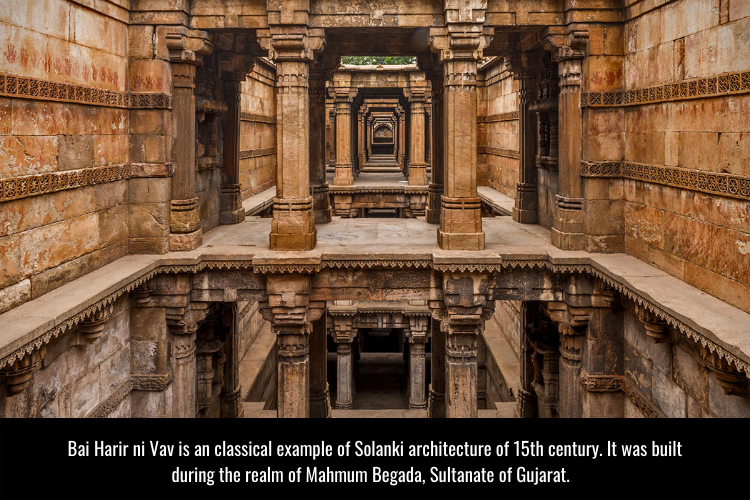
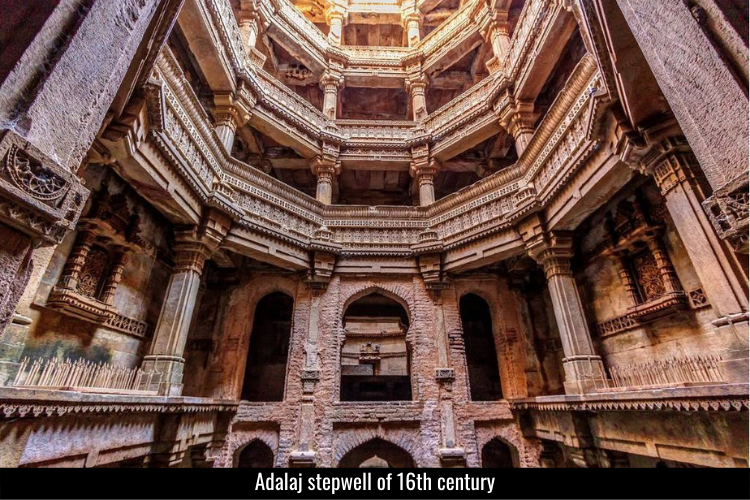
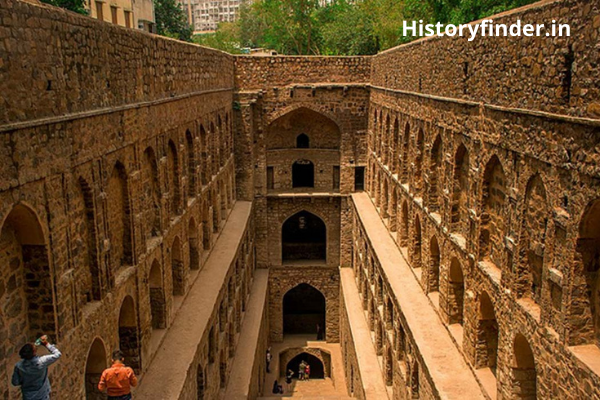
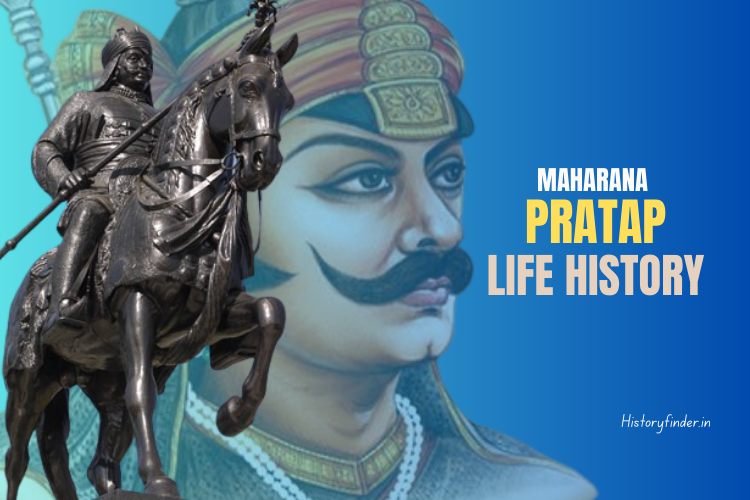
Pingback: Jalaluddin Akbar history and his military conquests - History Finder